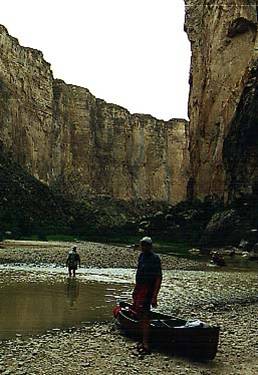
What could be more American than our National Park Service? People everywhere express interest in exploring these symbols of our national heritage. The parks range from large and well-known, like Yosemite and Zion, to small and obscure, like The Golden Spike National Historical Park and Moore’s Creek National Battlefield.
The parks are divided into several categories including National Parks, National Historic Parks, National Monuments, National Seashores and more. The difference is not just the significance of the park, but also the funding and, therefore, staffing and amenities of each location. In all, there are over 400 locations maintained by the National Park Service and they do a great job keeping everything maintained, accessible and enjoyable for the millions of annual visitors. The parks are truly one of the gems of our tax-supported services.
Each park, monument, seashore and more was designated due to some unique characteristic worth preserving and showcasing. From the intricate lacework of Wind Cave in South Dakota, to the fragile eco-system of the Florida Everglades, the park rangers are well informed and eagerly teach visitors about their park. The Junior Ranger program for kids in some of the larger parks is better than a year of science and history back home.
So what are some of these lesser known locations of special significance? Here are three that you might want to include in your next trip.
Big Bend National Park – Located in far south Texas, this park is visited by less than a million people a year and stretches over 800,000 acres, with three distinct eco-systems. The Chisos Mountains loom from most every vantage point in the park. In the spring, the desert portion of the park is alive with wild flowers and animals of every description. And finally, the canyons of the Rio Grande make a spectacular trip via rubber raft or canoe. The Santa Elena canyon is spectacular with the canyon walls rising 1500 feet on one side to Mexico and the same distance on the other in the US. The nearby town of Lajitas (outside the park) boasts the only “international” golf course in the US when one hole has an optional green across the canyon to Mexico! Retrieving your ball and scoring the hole is difficult since there is no physical connection to the green.
Little Bighorn National Monument – This Park gets our vote for the best ranger talk. The site of Custer’s last stand presides over the valley below with such visual splendor that one can easily imagine the Indians camped below and the obedient men under the direction of General Custer being led to their slaughter. As the wind blows over the site, the rangers do an incredible job of setting the mood, the facts and the story of Little Bighorn. Armed with the knowledge of the battle, an audio tour is available as you head out through the actual battlefield.
Dry Tortugas National Park – On of the least accessible of all our parks is Dry Tortugas, 67 miles off the tip of Key West. Best reached by several companies who offer “fast Cat” service to the island, the history and the remains of Fort Jefferson mix with the wonderful snorkeling to make for a great day trip, or a multi-day stay for the adventurous, since there are no improved campsites on the island, no lodging, no bathhouses and no drinking water available. Fort Jefferson dates to the early 1800s, when it was constructed to protect the Gulf of Mexico. This is one of the parks that has fallen victim to the loss of Park Rangers, partly due to the desolate conditions there. Fortunately, our guide for the boat trip had become knowledgeable about the history of the fort and provided excellent “ranger” descriptions for our group.
The National Parks website at http://www.nps.gov/ is a treasure trove of information, whether your visit is to a famous or not-so-famous park. If your goal is to visit many of the national parks, be sure to pick-up your personal “Passport” at your first park – a clever and unique way to catalog your visits. The National Parks Pass is a bargain at $50 a year for unlimited access to the parks with a 50% discounts on use fees within the park. The Golden Age passport is available to those 62 and older and is good for a lifetime. Our disabled citizens are also entitled to Golden Access Passes, regardless of age. See the website for complete details.





